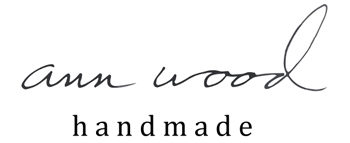
This little doll cloak is made with just one seam and one piece of felt. Magic – it’s almost too easy. Details are optional and there are so many possibilities… Little folks will be delighted by the process and the transformation of this flat shape into a sweet hooded cloak just right for the tiny rag doll.

doll cloak materials
the template
felt -quality matters- wool or wool blend is best
embroidery thread
embroidery needle
small button or bead
download the template

That’s it! That’s all you need. The cloak is assembled with just one little seam and the rest is decorative. You can use any edge stitch and add as much embroidery detail as you like. Find lot’s of edge stitch tutorials here. My first cloak is super simple. Its sweetness surprised me. The result is so delightful I feel like it should have been harder to do. And it’s just so spot on right for the tiny rag doll.

Cut out the template and use a sharp pencil to poke holes at the ends of the two lines. Pin the pattern to the felt and use a colored pencil or disappearing marker to mark dots at the ends of the lines. Cut out around the template.

Remove the pattern and draw the two lines- connecting the dots.

Cut the lines – sharp embroidery scissors or thread snips make this easy.

Using matching or contrasting embroidery thread (I’m using 2 strands of embroidery thread) insert your needle close to the edge at the center of the V shape. I used a tiny knot at the end of the thread and I’ll clip the tail super short.
*the commercial break
Support the always growing free pattern library.
Why is it important to support free patterns? Because they attract a lot of attention. Web hosting has become massively expensive and the free patterns page here drives that cost. It’s a conundrum…
Click here to add your support.

Fold the felt in half and make one little stitch and knot it. Stitch the seam to the point using whatever stitch you like. I’m using a simple whip stitch.








































































































































